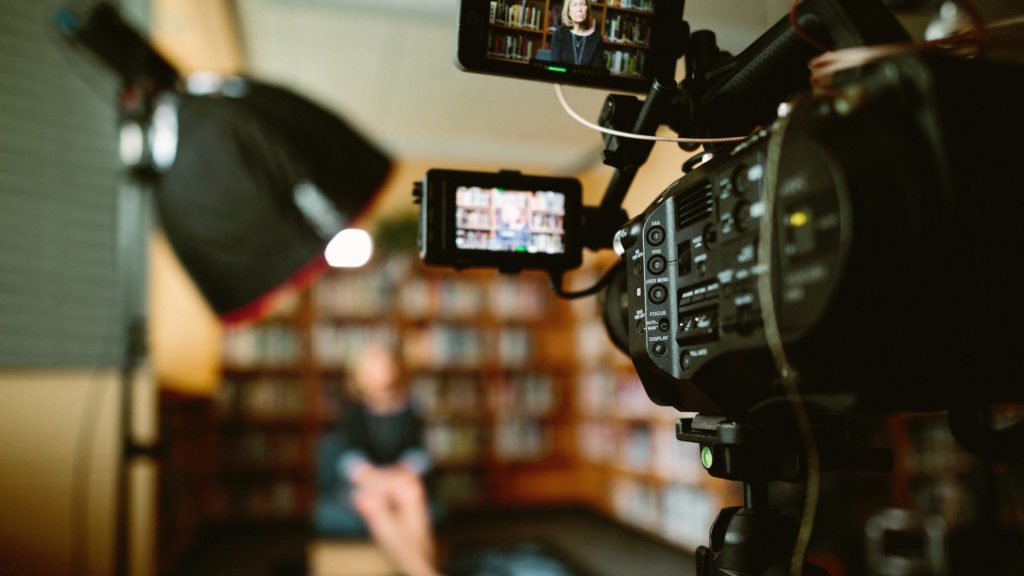Exploring the Vigor of Legal Videography: a Comprehensive Understanding Into Its Capability in Maintaining Accurate Visual Records for Legal Cases
Lawful videography stands as a critical part in the realm of lawful procedures, working as a silent yet powerful onlooker in the pursuit of justice. The utilization of video clip modern technology in documenting legal situations surpasses plain record-keeping; it encapsulates the extremely significance of occasions, feelings, and testaments that unfold within court rooms. By carefully recording visual evidence, legal videography not only protects the accuracy of these minutes but also provides a much deeper understanding of the ins and outs entailed. As we explore the capability and importance of lawful videography in the context of lawful instances, an extensive awareness dawns upon the crucial role it plays in shaping the program of justice.
Significance of Legal Videography
Highlighting the essential role of lawful videography in modern-day legal proceedings, its importance depends on its ability to offer irrefutable visual evidence that enhances the presentation of realities and statements. By capturing real-time events, depositions, and witness testaments in a video clip format, legal videography makes sure that every expression, detail, and nuance is properly protected for later testimonial. This aesthetic documents acts as an effective device in court rooms, allowing judges and jurors to better recognize the context of an instance and make educated choices based upon today evidence.
Moreover, lawful videography adds to enhanced transparency and liability in the lawful system. It helps prevent false impression or manipulation of info by providing a clear and unbiased record of events. This aesthetic evidence can also be critical in resolving disagreements, verifying declarations, and eventually reinforcing the integrity of lawful process. Essentially, the value of lawful videography hinges on its capability to support the stability of the lawful process by recording and maintaining precise visual records that sustain the quest of justice.
Capability in Lawful Paperwork
Legal videography's role in modern lawful proceedings expands past giving visual proof; its capability in legal documents is important for precisely protecting the information of statements and occasions. Through the precise recording of depositions, court room procedures, witness testimonies, and crime scene investigations, legal videography makes certain an unfiltered account of occasions that can be revisited and analyzed during the lawful procedure. This exact documentation offers as an essential resource for juries, courts, and lawyers to reference specific moments, body language, faces, and subtleties that may not be fully recorded in composed transcripts alone.
In addition, legal videography plays a critical role in keeping the honesty of lawful procedures by decreasing the risk of false impression or control of info. The aesthetic records captured via legal videography provide an impartial depiction of the truths presented throughout a situation, offering a trusted and extensive resource of proof that can considerably impact the end result of legal disputes (Legal Videography). Fundamentally, the functionality of legal videography in legal documents offers as a foundation in promoting transparency, precision, and justness within the lawful system
Importance in Visual Evidence Conservation
Protecting aesthetic proof through precise recording strategies is a vital element of legal videography. The relevance of visual evidence preservation can not be overstated in lawful proceedings. Aesthetic evidence, such as video clips of criminal activity crashes, scenes, or statements, can supply important understanding into occasions that words alone might not fully capture. By accurately recording these visuals, legal videographers play a vital role in guaranteeing the integrity and credibility of proof provided in court.
Aesthetic proof preservation additionally assists in preventing misconceptions or misconceptions that look these up can emerge from composed or spoken statements. The capacity to see and hear occasions as they took place can dramatically influence the end result of a situation. Furthermore, aesthetic evidence can serve as an effective device for both the prosecution and defense in presenting their arguments persuasively.
Role in Ensuring Justice
In the quest of fair and simply lawful end results, the duty of legal videography is vital. Legal videography plays an essential role in click for source making sure justice by giving impartial and accurate aesthetic proof that can considerably influence the end result of lawful situations. Unlike created documents or testaments, video recordings capture the nuances of body movement, face expressions, and tone of voice, offering a thorough depiction of occasions as they unfold. This aesthetic proof is especially valuable in courtrooms, where it can assist challenge or prove witness statements, enhance debates, and inevitably add to the facility of reality and justness.
Furthermore, legal videography acts as a means of maintaining turning points and details that may be missed or misinterpreted in created transcripts (Legal Videography). By recording scenes, actions, and communications in real-time, legal videography helps stop misrepresentations and makes sure that all celebrations entailed have accessibility to the exact same details, advertising openness and accountability in the legal process. Ultimately, using legal videography not just boosts the performance of legal proceedings but additionally supports the concepts of justice and equity in the legal system
Essential Device for Legal Cases

Conclusion
Finally, lawful videography plays an essential duty in maintaining exact aesthetic records for legal cases. Its relevance depends on its functionality in lawful documentation, value in visual evidence conservation, and duty in guaranteeing justice. As a vital tool for lawful instances, lawful videography offers as an important source for presenting aesthetic proof and adding to the general integrity of the legal procedure.
Legal videography's duty in modern legal procedures expands beyond offering visual proof; its functionality in lawful documentation is necessary for accurately protecting the details of occasions and testimonies. In significance, the functionality of lawful videography in lawful documents serves as a foundation in supporting transparency, accuracy, and justness within the legal system.
Eventually, the usage of legal videography not only improves the efficiency of legal process however also maintains the principles of justice and equity in the legal system.

As a vital tool for legal situations, lawful videography offers as an important source for presenting visual proof and adding to the general honesty of the legal procedure.